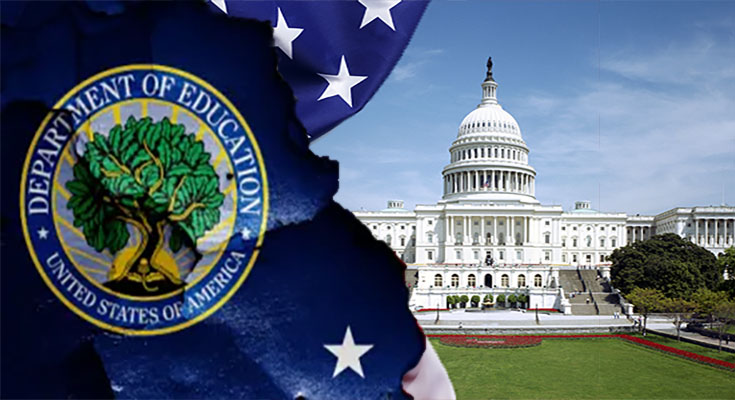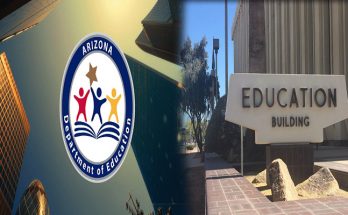The U.S. Department of Education is a cabinet-level agency in the United States government. The department works to improve educational outcomes and to promote student success. Some of its functions include supporting low-achieving schools and the office of civil rights. It also oversees the Institute of Education Sciences.
Responsibilities of the secretary of education
The secretary of education oversees and directs the department, as well as influencing federal education policy at the state and local levels. The secretary also advises the president on matters related to education. Under the Obama administration, Arne Duncan was Secretary of Education and successfully promoted the Common Core standards and convinced 42 states to adopt them.
In addition to overseeing the distribution of federal education funds, the DOE is responsible for monitoring and identifying problems in education. It also enforces federal anti-discrimination laws, ensuring that all children receive an equal education regardless of race or income. The department is organized into four levels, with each level carrying a distinct mission.
Office of civil rights
The Office of Civil Rights (OCR) is responsible for investigating complaints of discrimination and harassment. The agency has jurisdiction over issues such as sexual orientation and gender identity. It also reviews complaints relating to sex stereotyping. Any person with a legitimate grievance can file a complaint with the OCR.
The OCCR also issues policy guidance to state and local education officials. Although guidance documents are not binding, they are meant to be useful for the public sector. They are intended to help public schools comply with the law. Federal civil rights laws protect students from discrimination in schools, and a school district can be held accountable if it fails to comply with the law. The Office of Civil Rights is an essential part of the Department of Education.
Institute of Education Sciences
The Institute of Education Sciences (IES) is a federal agency that conducts research in education. Its research focuses on providing valid and reliable information to help educators make educated decisions. The institute supports research projects in areas of demonstrated national need and trains researchers to carry out research projects that address issues of concern to education policymakers.
The IES has four main program offices. The Office of Innovation and Improvement (OII) is responsible for the administration of 25 discretionary grant programs.
Support for low-achieving schools
The Obama administration has focused much of its attention on improving low- performing schools. However, the School Improvement Grants program has not been a perfect solution. The program has been an uneven success, but it has provided direction for future efforts to improve low-performing schools. There are four different intervention models that schools must adopt to achieve the goals that the program sets for each school.
One such approach is based on the belief that school improvement is best done at the local level. Nevertheless, studies have shown that this method has minimal effect on student achievement. In fact, many low-performing schools are located in neighborhoods that are lower-income than others.
Partnerships with counterpart institutions abroad
Partnerships with counterpart institutions abroad enable US research institutions to conduct collaborative research with international counterparts. These collaborations are often informal, centered on shared intellectual interests. However, the partnership can grow into a more formal arrangement with sustained institutional support. Listed below are some examples of the types of research partnerships that are possible with counterpart institutions abroad.
Formal partnerships typically involve co-sharing of resources and articulating shared goals. This type of relationship is typically limited and seldom involves complicated financial exchanges. In addition, home institutions retain complete fiscal autonomy. In-kind contributions may be made to the partner institution.





